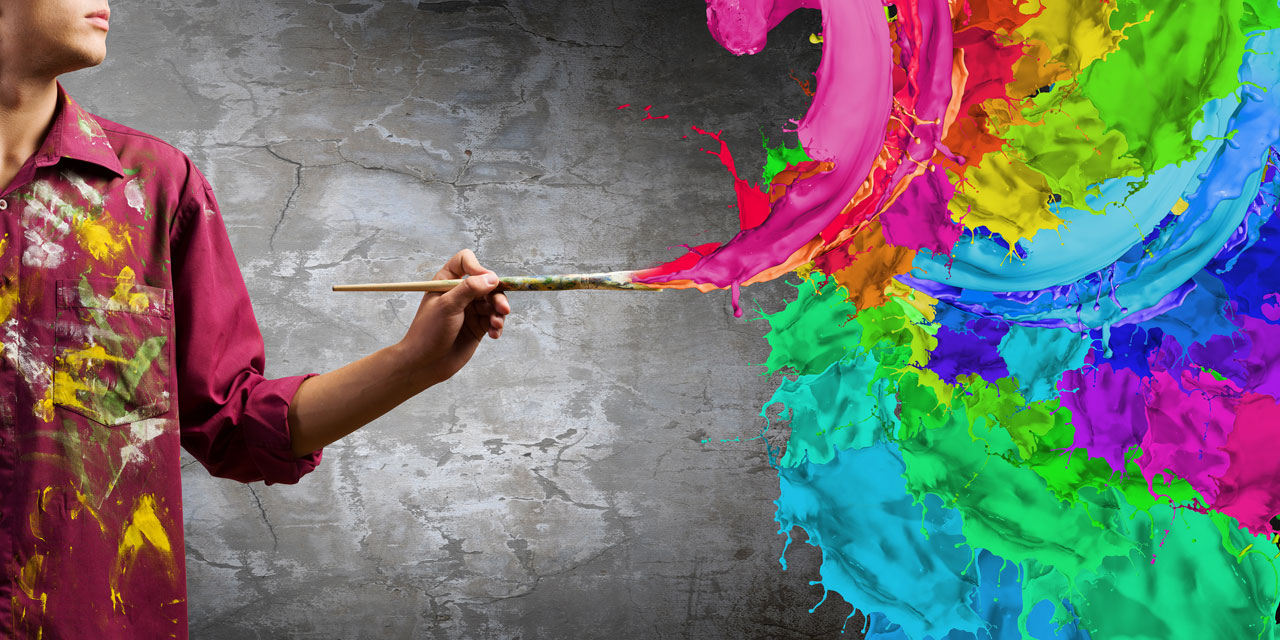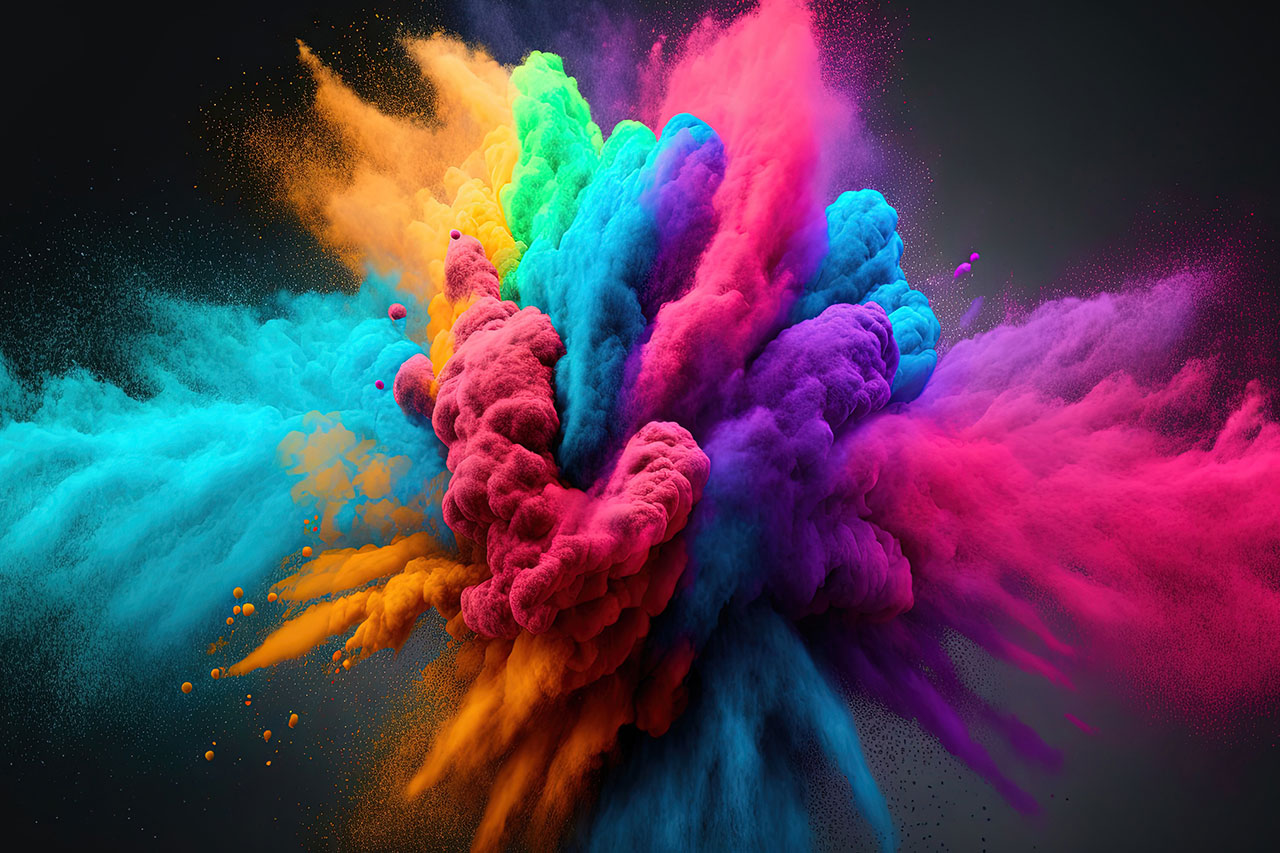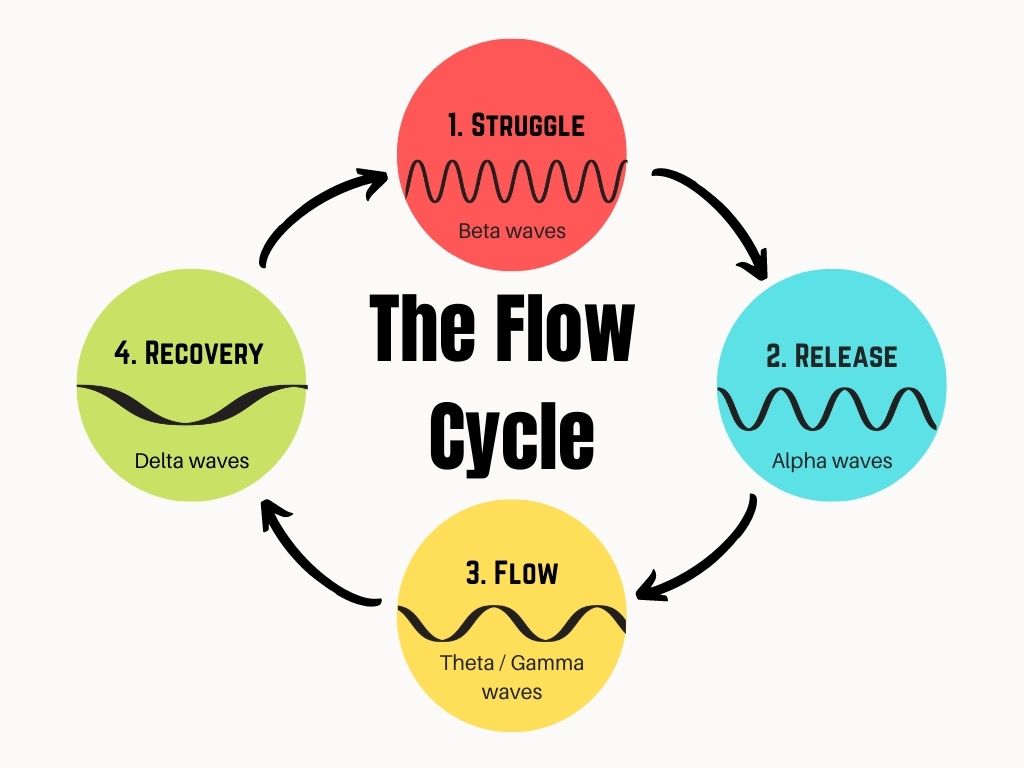One of my favorite personal development books is Linchpin: How To Make Yourself Indispensable by Seth Godin.
The book is basically about why the industrial model of education and employment where people are trained to be interchangeable pieces in a factory or bureaucracy is dying. What is replacing these routine jobs is a new innovation-driven economy that demands creativity, initiative and uniqueness much more than following instructions and obeying authority.
In Seth Godin’s view, the recession that started in 2008 is a forever recession for those stuck in the 20th-century industrial mindset. The financial collapse that sent shockwaves across the world marked the end of the growth trajectory of the industrial economic age. The new post-industrial economy requires a different kind of entrepreneurial individual: a Linchpin.
A Linchpin is somehow who develops their talents and interests and turns their work into a kind of creative art. He argues that doing this will make you indispensable in a world where most people have been schooled to think and act alike.
Navigating The Creative Process
“Creativity is not rocket science. If you are a problem solver, you are creative.”
– Stefanos Zenios
Before we talk about the obstacles that stand in the way of the creative process such as distraction, perfectionism and overthinking; let’s look at what the creative process is.
Typically, the creative process is broken down into 4-steps:
1. Preparation
The first stage of the creative process involves preparing to solve a problem by seeking different ways of understanding it and trying to learn new things or have novel experiences.
2. Incubation
This is the stage where you let go and take your mind off trying to solve a problem. Go for a walk, exercise or meditate. This allows you to use subconscious processing systems, which are much more powerful than conscious, linear thinking.
3. Illumination
This is where you get into a creative flow state and the “A-Ha” or “Eureka!” moment of insight happens. Typically, this illumination part of the creative process require deep focus and full immersion in what you’re doing.
4. Implementation
This is where you evaluate your ideas and experiment with them by sharing them with others. You want to think about your audience and craft your message or idea for them.
This video on the creative process and how to boost your creativity is a must-watch:
The Resistance:
The resistance is the voice in your head that tells you to leave controversial ideas out of the paper you’re writing, because the teacher won’t like them. The resistance pushes relentlessly for you to fit in.
– Seth Godin
In Linchpin, Godin talks a lot about what he calls “the resistance”, which are the cognitive barriers that stand in our way throughout the creative process.
He draws from the book Iconoclast by neuroscience Professor Gregory Berns of Emory University who cites these three cognitive barriers to innovation:
1. Social intelligence:
This is how you connect with people and build meaningful relationships. Ideas are only valuable if other people can be convinced to accept and spread them. To make a living from creative work, you need to inspire, motivate and sell people on the value of your ideas.
2. Fear response:
This is how you deal with anxiety, risk and uncertainty. In the creative process, the two biggest fears encountered are the fear of uncertainty and the fear of public ridicule. The practice of meditation and mindful awareness plays a key role in helping us manage anxiety, so that fear doesn’t distort your perception and sidetrack you.
3. Perception:
This is the ability to perceive the world in new ways, which is key to being able to imagine new possibilities. Generally, this requires inspiration and passion to boost your dopamine levels, which increases your pattern recognition abilities so you can connect the dots between ideas better.
Bern suggests that the brain is efficient, and each time it executes a task, it looks for the most efficient way to do it. This tendency needs to be actively broken down in order to think more imaginative thoughts. Often, the key to getting people to understand your new ideas is to shift their perception to see why you believe what you do.
Overcoming these three cognitive barriers to innovation is what drives job performance and innovation in the new economy, which Seth Godin calls the Connection Economy and other pundits have called the Innovation Economy.
The reality is that whenever we are pushing boundaries and coming up with new ideas, we will face internal resistance in the process (and later much stronger external resistance, as well, in the process of selling our ideas).
The reason is that creativity and accepting new ideas and methods requires change. Change is dangerous because it involves moving from the known to the unknown. When faced with change and the uncertainty of the unknown, we get anxiety.
Anxiety is essentially a defuse thing and it focuses on possibilities in an unknown future. Not a real and present threat. As Godin eloquently says in the book, anxiety is practicing failure in advance.
During the creative process, anxiety doesn’t protect us from danger, but from doing great things. Out of anxiety arises the exaggerated “what if” scenarios. I’m sure you’re familiar with your mind’s ability to imagine worst-case scenarios when absorbed in negative self-talk.
How To Stop Feeding Your Anxiety:
One of my favorite stories is called The Two Wolves and it illustrates the importance of not feeding your anxiety. In the story, a Cherokee grandfather is giving his grandson some important lessons about life and character where he explains that there are two wolves inside of us which are always at war with each other.
One of them is a good wolf which represents positive qualities like kindness, bravery and love. The other is a bad wolf, which represents negative qualities like greed, hatred and fear.
The grandson stops and thinks about these two sides of his personality for a second and then he looks up at his grandfather and says, “Grandfather, which one wins?”
The grandfather quietly replies: “the one you feed.”
The reality is that fear of the unknown and anxiety from taking risks is hardwired into the human brain. The best method I’ve found for managing this anxiety is developing a meditation practice and cultivating the quality of mindfulness, which is simply observing thoughts and sensations as they are without labeling them as being positive or negative.
Anxiety feeds the resistance and can stop us from executing the creative process to the point of completion where we can sell and profit from what we have created. The key to overcoming anxiety and the resistance is by developing the vigilance to simply observe anxiety as it is.
The best way I’ve found to do this is through training yourself in these 3 pillars of mindful awareness:
1. Non-resistance
Feel the pain or anxiety in your body and breath into it without suppressing it. Being more present in your body and embracing discomfort will make you more socially intelligence because people will sense your presence. It will also make you a better listener when your awareness is less clouded by anxiety and tension.
2. Non-judgment
An attitude of inquiry and observing the problem is much more effective than overanalyzing it. The most successful scientists, entrepreneurs and innovators train themselves to observe a problem from different perspectives without striving to find a solution, which allows for deeper insight.
3. Non-identification:
This means not identifying with your anxiety and fears as they come up. Observe your thoughts as they arise and pass through your mind. If they become overwhelming, release yourself from trying to solving them and go do some physical exercise or play.
Developing the quality of mindfulness in your creative process isn’t something that happens overnight. However, I can’t think of a better skill to cultivate than being able to sit patiently with your anxiety. This is the key to breaking the anxiety cycle and increasing your creativity and innovation capacity.
- Flow Experience Design: 20 Flow Triggers For Peak Performance - May 10, 2025
- How The Muse S Athena Works For EEG And fNIRS Neurofeedback - April 24, 2025
- The 10 Best Pomodoro Timer Apps For Remote Workers - April 11, 2025





 This website uses cookies to improve your web experience.
This website uses cookies to improve your web experience.